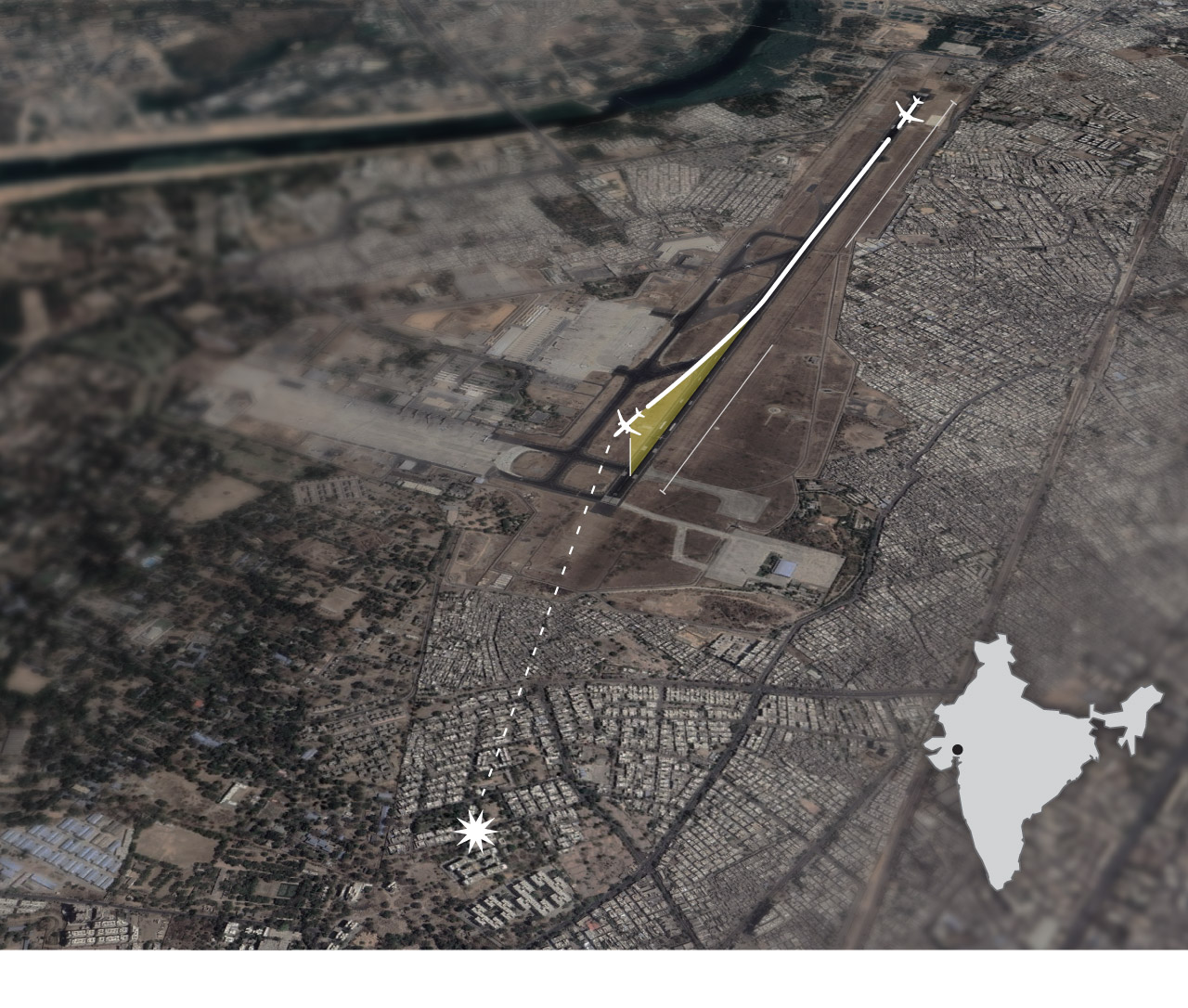
Posted on 06/15/2025 3:39:57 PM PDT by TexasKamaAina
In this update to our original video on Air India Flight 171, Captain Steeeve revisits his initial theory—and sets the record straight.
Previously, Steeeve leaned heavily into the possibility that the pilot may have accidentally retracted the flaps instead of the landing gear during the takeoff roll, resulting in a critical loss of lift. But new, higher-quality footage tells a different story.
In this video, we clearly see the Ram Air Turbine (RAT) deployed—something that only happens in the event of significant power loss. This changes everything. Steeeve breaks down what the RAT deployment means, walks through the new evidence frame by frame, and explores the very real possibility that this was a dual engine failure scenario.
It’s important to get these stories right. Aviation is a world of learning—and when new information comes to light, good pilots update their understanding.
If you watched the original video, don’t miss this one.
There was gas in it, right? Surely they fueled the plane before take off. It’s not like Amtrak, I hope.
No. There is a manual way to deploy the RAT, but it basically auto deploys only in two cases: Hydraulic pressure drops below a certain level while in flight or the electrical system’s voltage drops to a certain level while in flight. Basically, the engine driven systems have to fail completely - or the engines do.
There have been several crashes where the aircraft got off the ground but was brought down later due to contaminated fuel. These aircraft do have large fuel filtration systems that can take some time to plug up with contaminants to the point where flow is no longer sufficient for the engines to run.
Given the size of the fireball on the crash, there likely was significant fuel on board.
There has been, actually. The GEnx engines are quiet for turbines, but the fact that you can’t hear them running *at all* over the RAT’s prop on the higher quality video has been noted.
“There has been, actually.”
I didn’t see that in the OP video.
The idea that the copilot accidentally retracted the flaps instead of the landing gear never made sense.
If the plane had two good engines, it could have powered through the increased drag and temporary reduction in lift.
The problem had to be a partial or total loss of power.

The video that I saw yesterday was much clearer and showed 2 antennas besides the RAT on the undercarriage of the aircraft.
I did watch the original and will be sure to catch this one as well.
“Given the size of the fireball on the crash, there likely was significant fuel on board.”
Given that it was a non-stop to London, I am sure there was a significant amount of fuel on board.
I watched this video earlier today and was impressed with the logic, reasoning, and evidence presentation to support Captain Steeeve’s revised conclusion. It will be interesting to see how the India aerospace authorities proceed with their investigation since it will have access to the on—board data & voice recorders.
The GEnx is often hard to hear on recordings, especially with modern smartphones having built in noise cancellation systems that treat it as static or wind noise and reject it.
https://www.youtube.com/watch?v=yoyIPvRXREs
Note that the audio of the engines doesn’t get above levels and tones that would be reasonable for a noise cancellation filter system to let pass until the things are at full throttle right next to the recording position. This is why the OP video doesn’t speculate on the lack of engine sound - but it has been looked at elsewhere, and in the uploaded high quality source video, people have looked at the audio track to see if there are signs that the noise cancellation system on the phone was blocking the engine note - and not finding any so far.
That guy fly by from Asia to Europe got so much water in the fuel (and salt water to boot) it pushed the media from the water filters in the fuel truck into the plane.
The FO was in that cockpit with 1100 hrs total time. That’s just a data point but a ridiculously low amount of time for an ATP rating. In the U.S. 1500 hrs minimum is required and it wouldn’t be in a top line aircraft. That said the RAT does open a lot of questions. Very telling there have been no 777 maintenance orders from the FAA. What I don’t hear any of these bloggers talking about is the statement from a passenger that departed the plane at Ahmedabad he said they lost electrical power on the flight in.
Later in the video, note the lack of noise except for a few seconds when the 787 is on a full power takeoff and climb out. The GEnx engines really are just that quiet.
Air India 171 was a Boeing 7*8*7, not a 777.
There was a story where a newly certificated ATP with 700 hours flew for United to gain hours. He paid United to fly to gain those hours.
“The GEnx is often hard to hear on recordings, especially with modern smartphones having built in noise cancellation systems that treat it as static or wind noise and reject it.”
The noise cancelation is on phone calls, not video recordings.
My S25 Ultra does have the capability if editing the audio after the fact.
That’s extremely unlikely.
Disclaimer: Opinions posted on Free Republic are those of the individual posters and do not necessarily represent the opinion of Free Republic or its management. All materials posted herein are protected by copyright law and the exemption for fair use of copyrighted works.